A skin printer and bee health-checker win Dyson awards
- Published
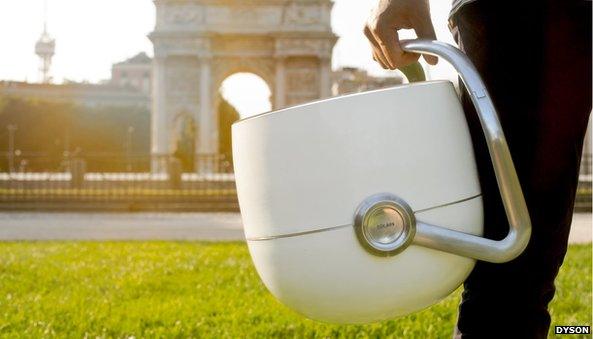
The makers of Solari say the portable cooker is an eco-friendly alternative to barbeques
A sun-powered cooker, a printer that 3D prints "skin", a wheelchair that lets disabled people stand upright and a bee prober are among the latest winners of the James Dyson Awards.
The inventions are among those picked to represent various nations in the engineering prize.
Their makers were challenged to "design something that solves a problem".
More than 600 entries from 18 countries were entered into this year's competition.
It was open to university level students and recent graduates.
The contest is run by the James Dyson Foundation, a charity created by the vacuum cleaner creator to help young people develop engineering skills.
In an age when crowdfunding sites, such as Kickstarter and Indiegogo, exist to champion inventions that have yet to go on the market, such competitions still serve a valuable purpose, said one expert.
"The James Dyson Award provides a platform to showcase some of the very best new innovations in science, engineering and technology," Dr William Webb, deputy president of the Institution of Engineering and Technology, told the BBC.
"Whilst some of the entries might not make it beyond the prototype stage, the award provides a crucial role in encouraging new engineering talent, which the UK and other countries around the world so desperately need."
Below are a selection of the winners, which along with some of the runners-up will compete for a cash prize to be announced on 6 November.
Bump Mark (UK):
Touch reveals 'use by' info
Food labels filled with gelatine become bumpy to signal if the food inside has spoiled.
Current expiration dates are not always accurate - for example they do not take account of the fact that the meat, juice or vegetables inside might not have been refrigerated properly.
Bump Mark tackles the problem by allowing the producer to set the gelatine to decay at the same rate as the package's contents - the higher the concentration, the longer it takes to turn from a solid into a liquid.
Once the gelatine has changed state, bumps built into the plastic underneath can be felt, providing a tactile safety check.
Mima (Germany):
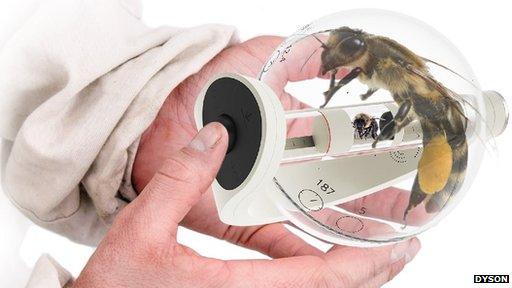
Kit to inspect a beehive without having to open it up.
The measuring instrument is inserted into the hive, and then a pneumatic system allows the apiarist to select a single bee, which can be examined in isolation at length.
The idea is that this minimises disruption to the hive's climate, reducing the risk that the other insects will stop work.
The creators suggest Mima could be used to understand the increase in bee colony collapses.
PrintAlive BioPrinter (Canada):
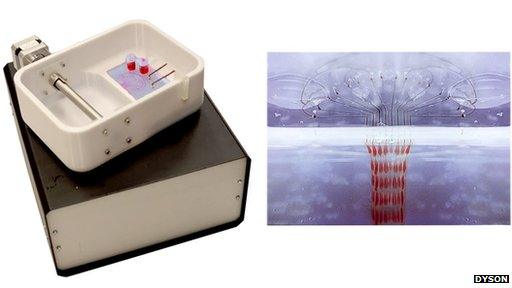
A device to 3D print complex structures that mimic the epidermal and dermal layers of human skin.
These can be used to close the wounds of severe burn victims in order to help them recover.
The machine works by placing two types of human cell - keratinocytes and fibroblasts - layer-by-layer into a hydrogel to create the desired patterns.
The designers say early tests suggest that the resulting 3D-printed "skin" can be used to reduce the amount of time doctors need to wait before attempting to graft on real skin taken from a different part of the victim's body.
Miito (Netherlands):
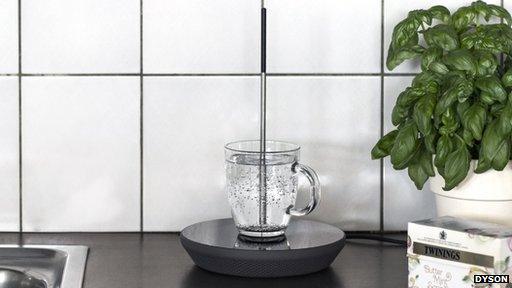
A device that heats liquid in a glass or other container, helping reduce wastage and cleaning.
The product consists of an induction base that plugs into the mains, which heats a rod placed inside the vessel.
Miito does not have an on/off button - instead it powers down when the base detects that the rod is not present or that the liquid has boiled.
Caturix (Switzerland):

A new fastening mechanism for backpacks that is designed to be safer than existing alternatives for mountaineers.
The system places the straps of the bag into a cross, with a buckle at the centre that can be split to allow the bag to be taken off with just one hand.
The idea is to minimise the risk involved in unpacking food, drink and emergency equipment when the climber is at a precarious spot.
Solari (Italy):

Offering an alternative to barbeque and camping stoves, Solari promises to be an eco-friendly way to cook food outdoors.
The portable device is designed to use solar power to heat meals for between four to six people within a few hours.
It works by letting in light through its transparent lid, which then passes through a lens that directs it around an aluminium shell.
The design also incorporates a temperature gauge that transmits information about the food's progress to a smartphone app.
Qolo (Japan):
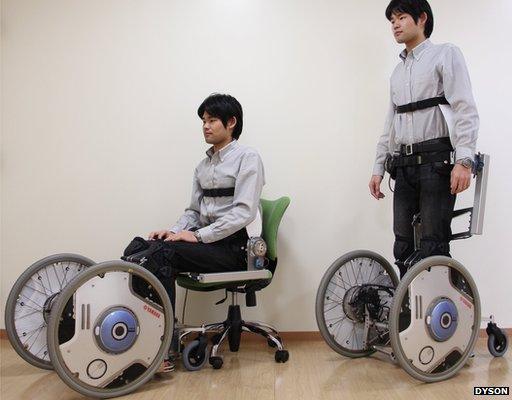
A vehicle for people with disabled lower limbs that allows them to move while both sitting down and standing up, and to move between the two positions.
Rather than rely on expensive and heavy motors, the machine uses the person's upper body motion to transfer them from one position to the other.
Qolo also uses a similar mechanism to help them move location: by tilting their upper-body forward they start travelling forward, and if they twist to one side the chair turns that way.
TipTapTop (France):
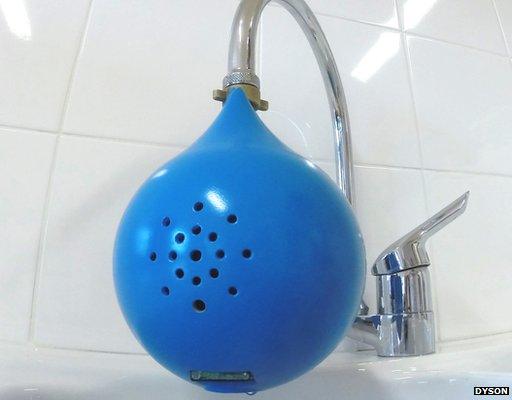
A tap gadget designed to encourage children to wash their hands, which also saves water in the process.
TipTapTop contains an infrared sensor that starts the water flow when it detects a hand underneath and also triggers a "jolly" music jingle.
When the child removes their hands to add soap, the water stops but the music continues playing to remind them they need to follow up the initial rinse.
Only after they have returned their hands, wiped off the soap and removed them again to dry their skin will the music and water switch off, ending the cycle.
Oralux (Austria):
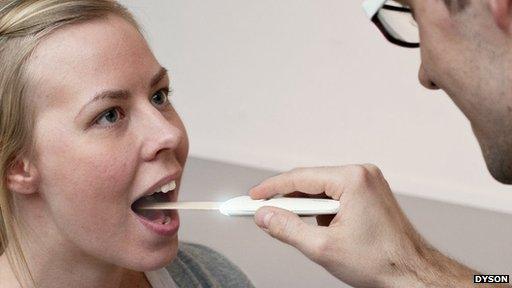
A device that combines a doctor's tongue stick with a light source.
The light is automatically switched on by attaching a disposable, sterile stick to the handle, and is deactivated when the stick is subsequently discarded.
The idea is that Oralux frees up one of the doctor's hands and allows them to avoid touching the stick while it is in use.
Uplift (US):
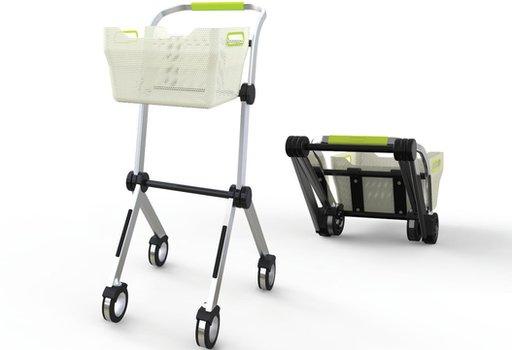
A personal shopping trolley that can be collapsed and loaded into a car's boot without having to remove the goods carried inside.
Uplift's aluminium frame helps it remain lightweight, while its bright silicone handles both protect the kit and make the owner more visible.
The designer says it would be targeted at aging adults.
Vax ID (Belgium):

A device intended to make it easier to administer vaccinations to a specific layer of skin.
The designers say medical staff often struggle to find the right depth and angle when using existing syringes to carry out intradermal vaccinations, which are less painful and can obtain an improved immune response when compared to intramuscular or subcutaneous injections.
After Vax ID's plunger is used to deliver a dose of antigens, the needle returns to the body of the device and cannot be reused.
This reduces the risk of needlestick injuries to staff, and prevents medics transmitting diseases from one patient to another.
Remora (Spain):
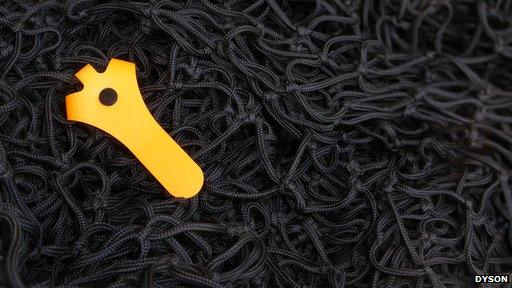
A biodegradable fishing net system.
An additive added to the net causes it to start breaking apart after four years, to address the problem of abandoned "ghost nets" that pose a threat to the marine environment.
Remora also incorporates RFID (radio-frequency identification) tags. These are scanned when the net is retrieved so that the fishermen can get an instant report from an associated app about whether parts have ripped off.
This tells them if they need to search the surrounding sea to find the lost parts.
Home Hydroponic System (Russia):

Five levels of LED-lit, water-and-nutrient-fed containers that provide a way to grow vegetables and fruits in the home or at schools.
The wires and hoses are hidden inside the apparatus, which is intended to be visually pleasing so that it can be left out in view.
The owner can opt to combine different parts of the Home Hydroponic System to suit how much space they have and the amount of produce they want to grow.
The designers suggest that tomatoes, peppers, strawberries and herbs are some of the fresh produce that could be grown up to three times faster than in soil outdoors.
Nutria (Ireland):
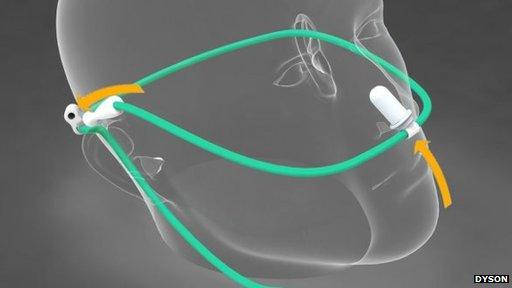
A system to connect a feeding tube to a patient's face without using tape, which can become an irritant.
Nutria also makes use of a terahertz radiation microchip to display the exact position of the tube inside the person's body on a smartphone app.
If the nurse or doctor who fits the patient with the apparatus takes a scan each time, software can then be used to highlight if any of the medics commonly fit the tube incorrectly.
- Published7 November 2013

- Published11 October 2013
- Published12 September 2013
